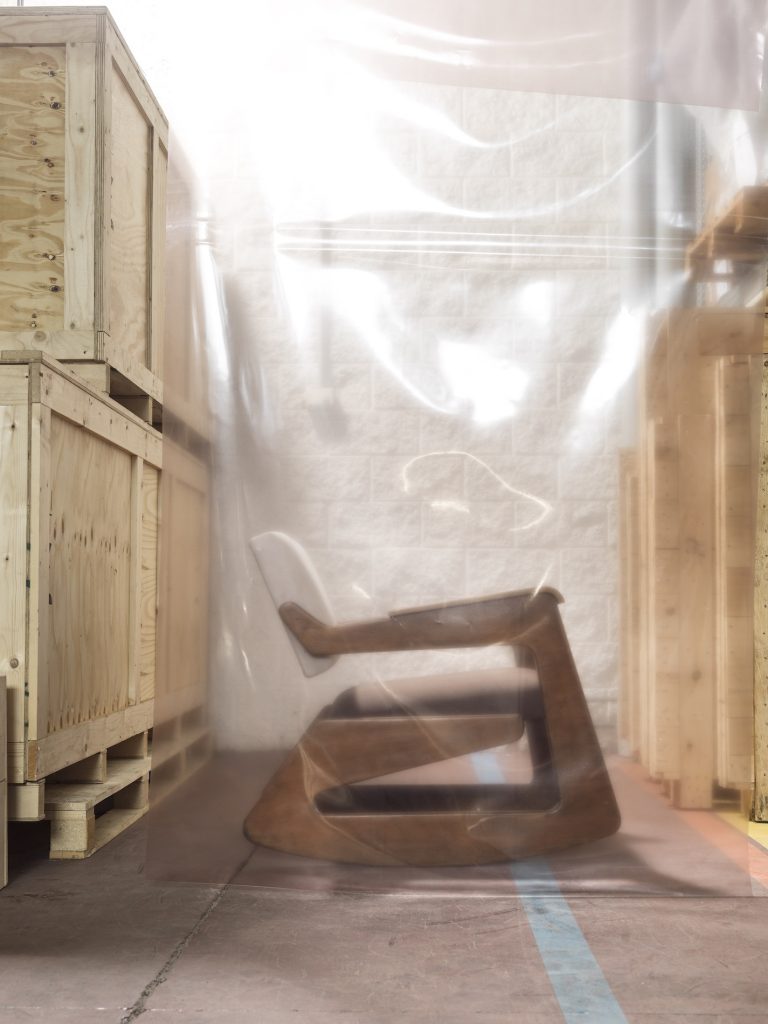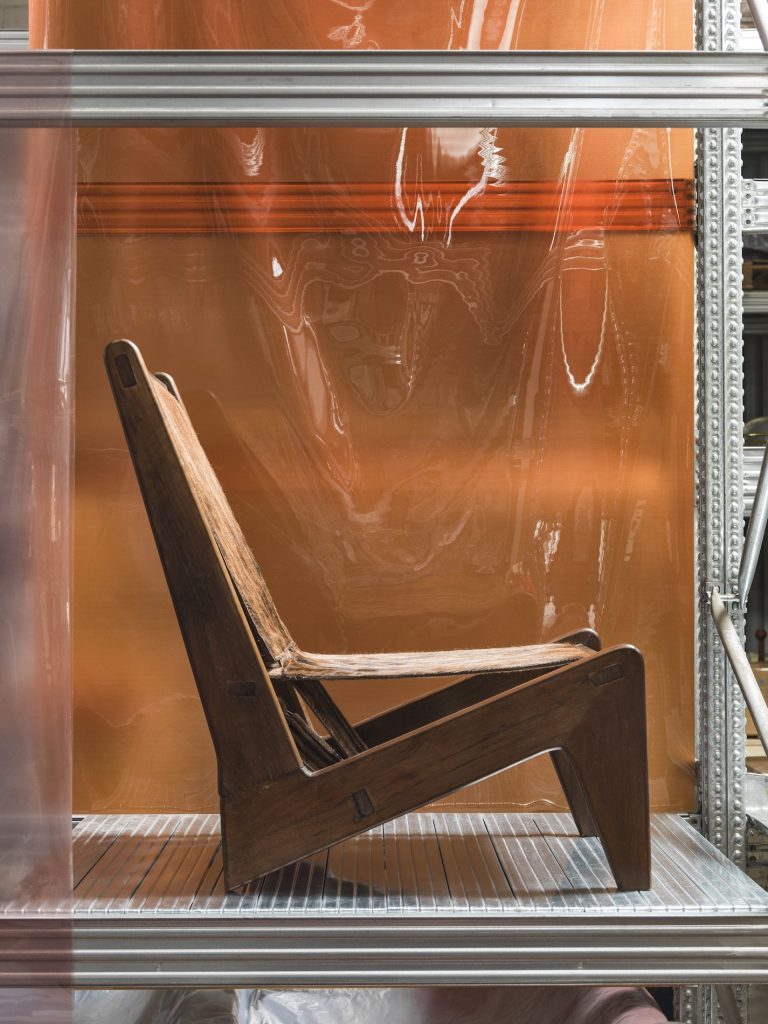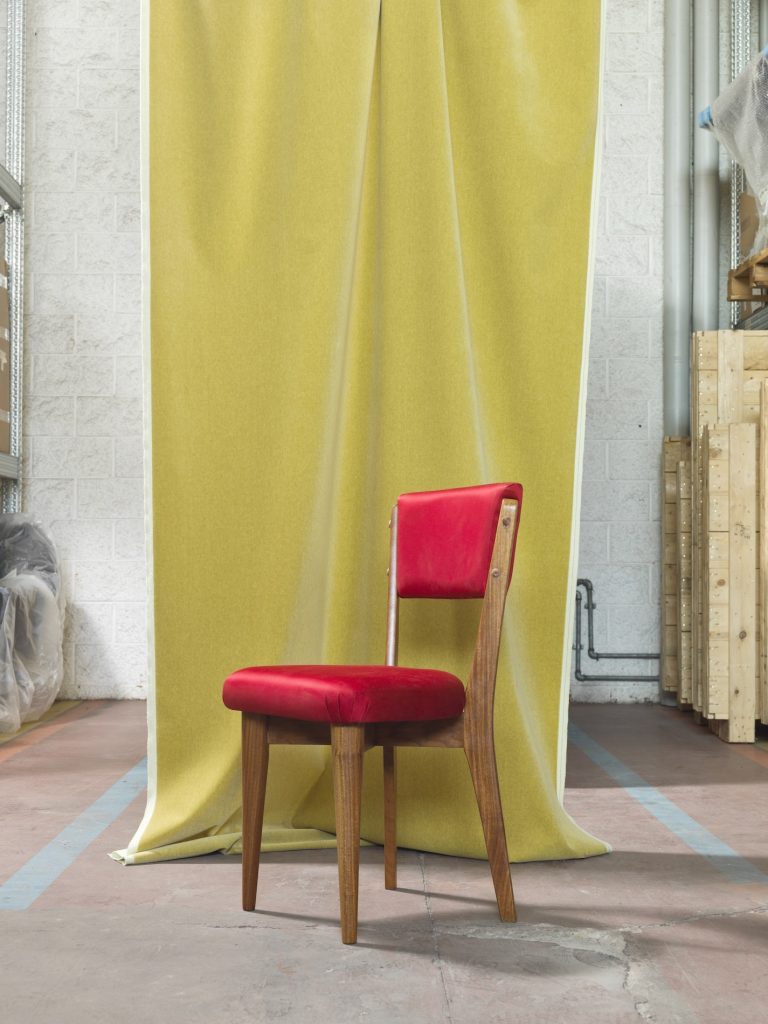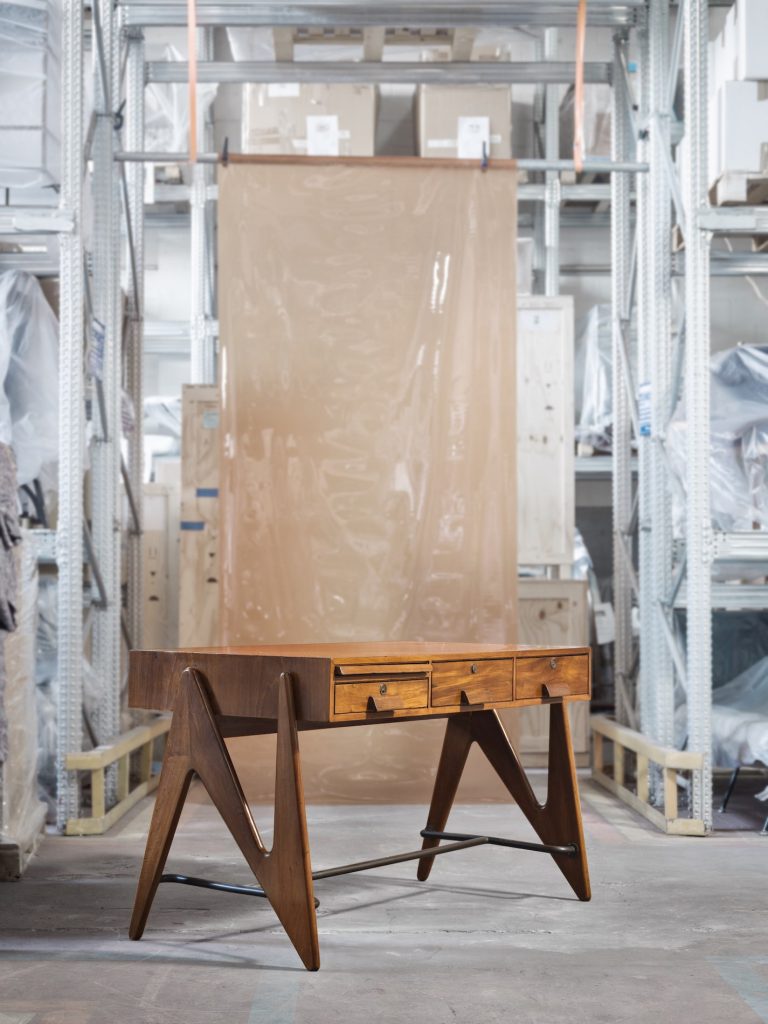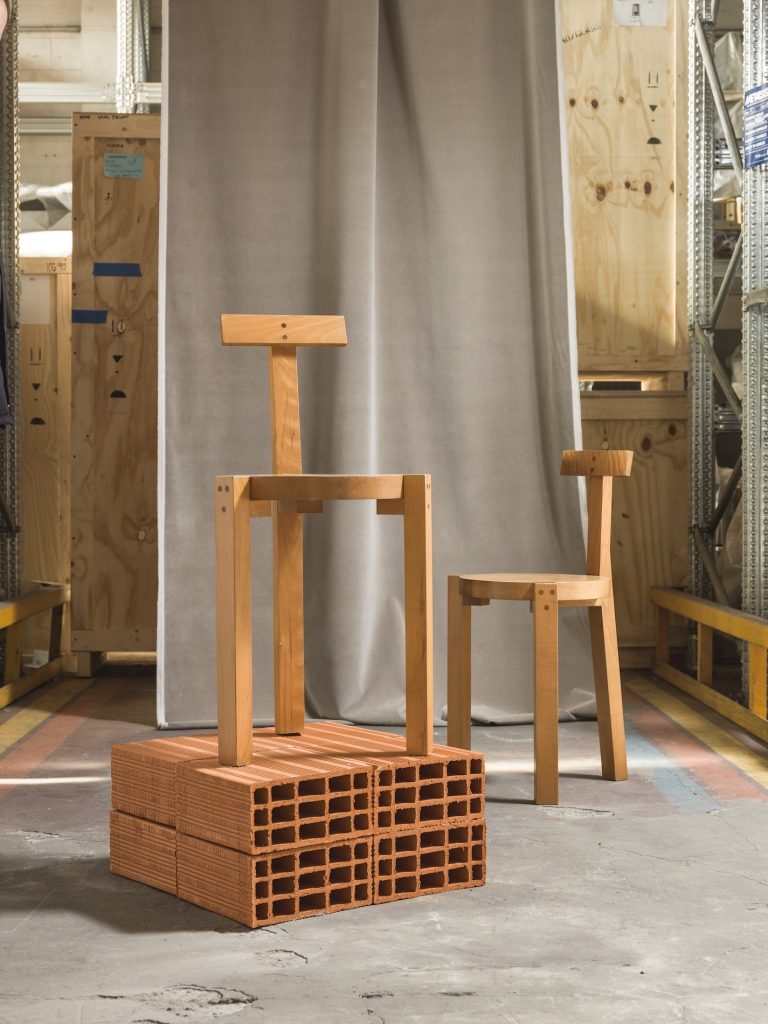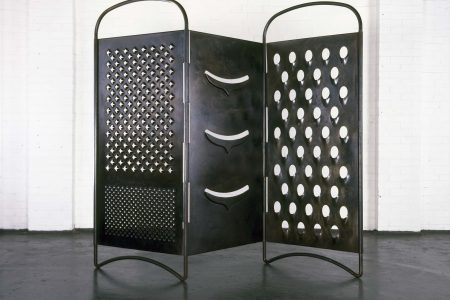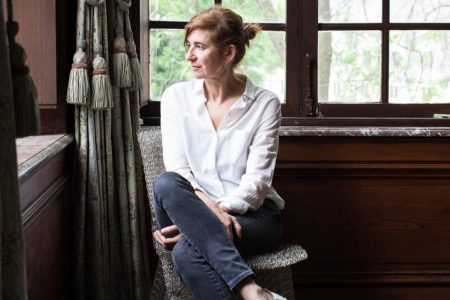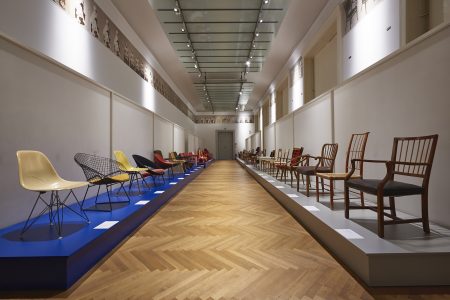Lina Bo Bardi Giancarlo Palanti
Design Museum Gent tells the story of one of the strongest women in 20th-century architecture. As well as being an architect, the Italian-Brazilian Lina Bo Bardi was a writer, set designer, illustrator and furniture designer.
Design Museum Gent tells the story of one of the strongest women in 20th-century architecture. As well as being an architect, the Italian-Brazilian Lina Bo Bardi was a writer, set designer, illustrator and furniture designer. That final aspect of her life, often ignored until now, is the main focus of this exhibition.
Lina Bo Bardi Giancarlo Palanti. Studio d’Arte Palma 1948-1951 is a tribute to the Italian-Brazilian architect Lina Bo Bardi. The exhibition presents the largest collection of Bo Bardi furniture ever gathered in one place and focuses on the furniture created in the context of the Studio d’Arte Palma, which was founded by Lina Bo Bardi and the Italian architect Giancarlo Palanti.
It was only during research for the exhibition, in close consultation with the Instituto Bardi/Casa de Vidro, that it became clear exactly what role Palanti had played in designing the furniture. Some of the pieces, which had previously been ascribed entirely to Lina Bo Bardi, actually turned out to have been developed in close collaboration with Palanti. Thus this exhibition brings his largely forgotten oeuvre back to life.
Many of the pieces on display, particularly chairs and armchairs, are rare items from Brazil. When Nina Yashar, the founder of the Nilufar Gallery in Milan where the exhibition was held during the Salone del Mobile in 2018, visited Lina Bo Bardi’s Casa de Vidro or Glass House in São Paulo, she was immediately intrigued. She spent three years trying to reconstruct Lina Bo Bardi’s story.
“Lina is a typical example of someone who takes a multidisciplinary approach. Her work is the perfect synthesis between innovation and the preservation of cultural roots. For example, she created a number of pioneering projects with strong humanist and anthropological connotations. Contrasts keep her designs in balance: anatomical perfection alongside the imperfections of hand-crafting, and minimalism juxtaposed with a more baroque sensuality”, Yashar tells us.
While Lina Bo Bardi was discovering modernism and rationalism in Italy, she immersed herself in the power of Brazilian landscapes, materials and culture. She was the first to attempt to make modern furniture, including the first foldable and stackable chair, thus making her a pioneer of Brazilian design.
Since her pieces of furniture were usually designed for a specific purpose and a particular context, production was relatively limited. Her furniture is both iconic and ordinary, bringing past and present as well as rules and freedom into perfect balance. That makes it seem as though time has had no influence on her furniture, which represents a kind of eternal modernism. It is a powerful expression of the generous, all-encompassing design philosophy of this revolutionary architect.
The exhibition design is by Space Caviar. The Italian design studio drew its inspiration from Lina Bo Bardi’s design for the church of Espirito Santo do Cerrado, which is characterised by a typically sophisticated simplicity. Besides the furniture, which is displayed on brick pedestals, the exhibition includes a series of archive photographs that take you right inside Lina Bo Bardi’s universe.
The exhibition also includes Precise Poetry, a film about Bo Bardi by Belinda Rukschcio. Told in a series of interviews in Portuguese on the eve of her 100th birthday, Bo Bardi’s colleagues and friends recount the sociopolitical constraints and personal events that would lead to the timelessness of her work. To watch this movie, visitors are invited to try out Bo Bardi’s Bowl Chair. Designed in 1951, the Bowl Chair is a semi-spherical seat resting lightly on a metallic ring structure, supported by four legs. The shell on the metal ring can be adjusted in all directions to suit the desired position of the sitter. Bo Bardi furnished her own Casa de Vidro with these chairs.
Lina Bo Bardi Giancarlo Palanti. Studio d’Arte Palma 1948-1951 is on show in Design Museum Gent until the 16th of February 2019.
All photos: Ruy Texteira, courtesy: Nilufar Gallery, Milan
